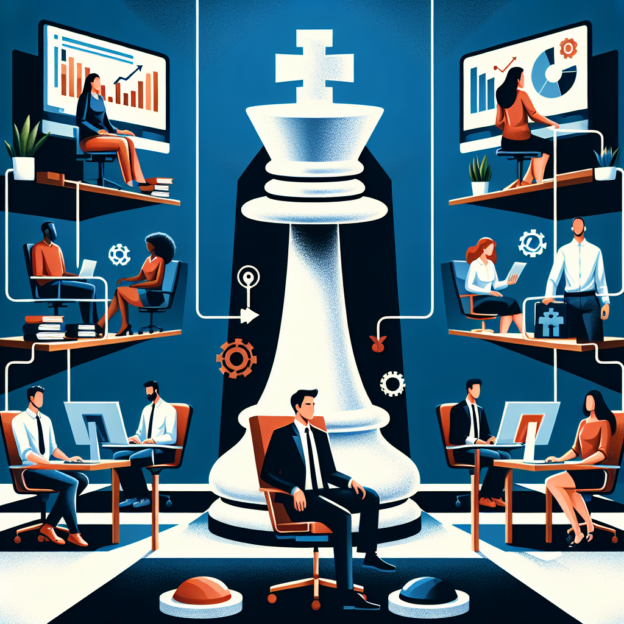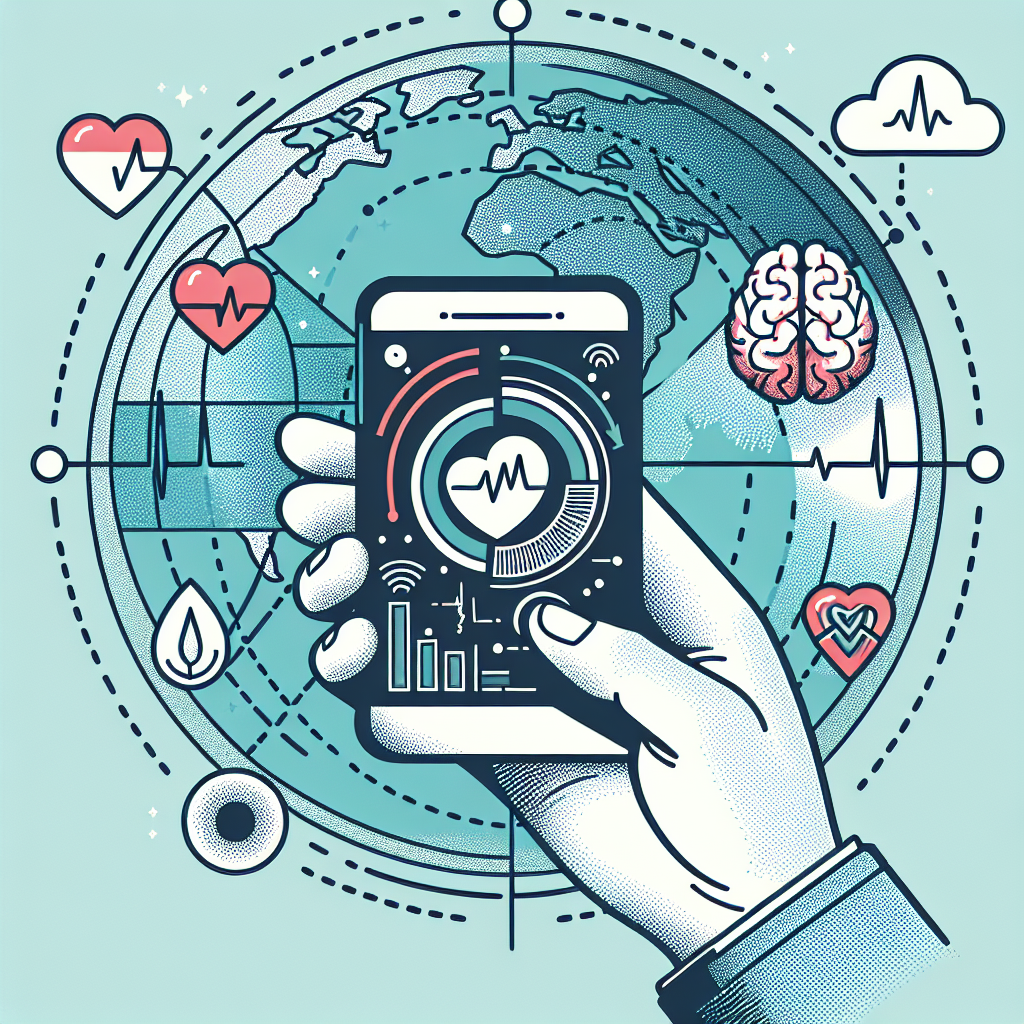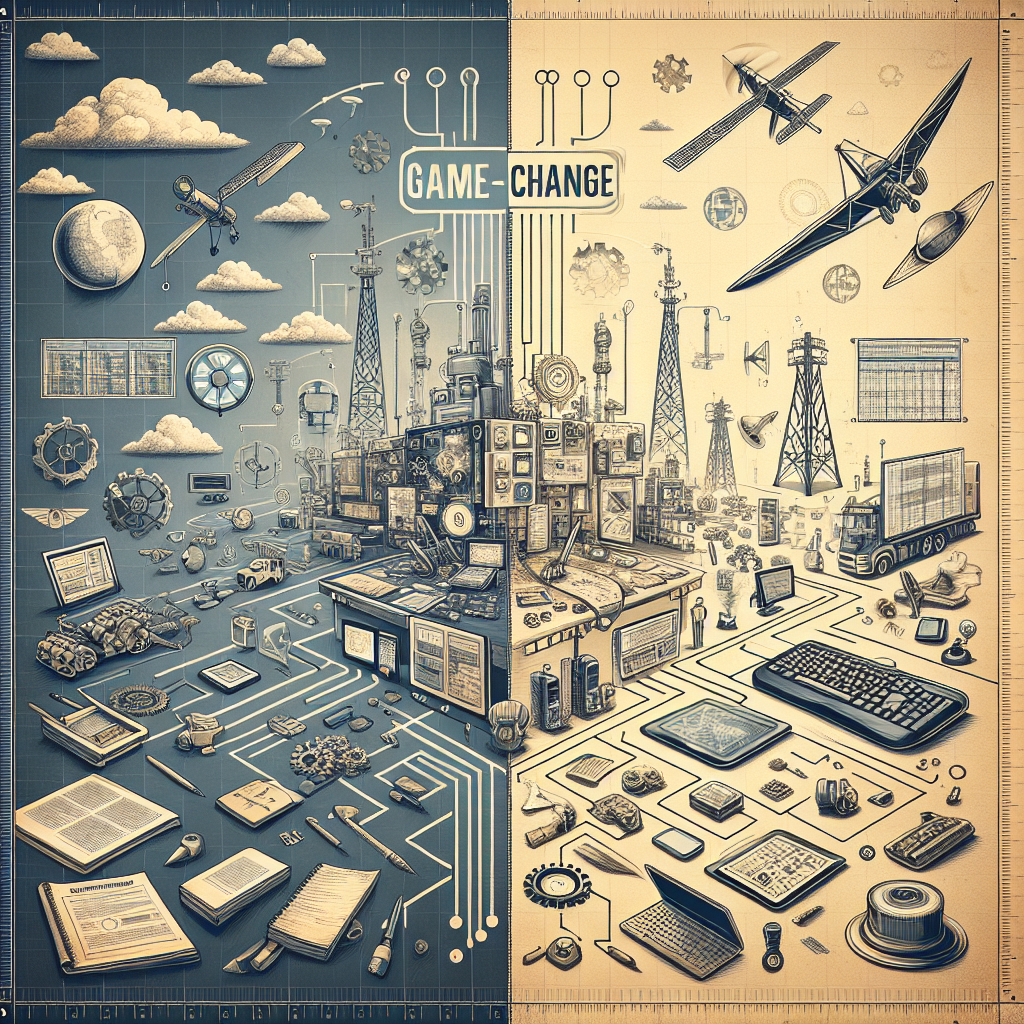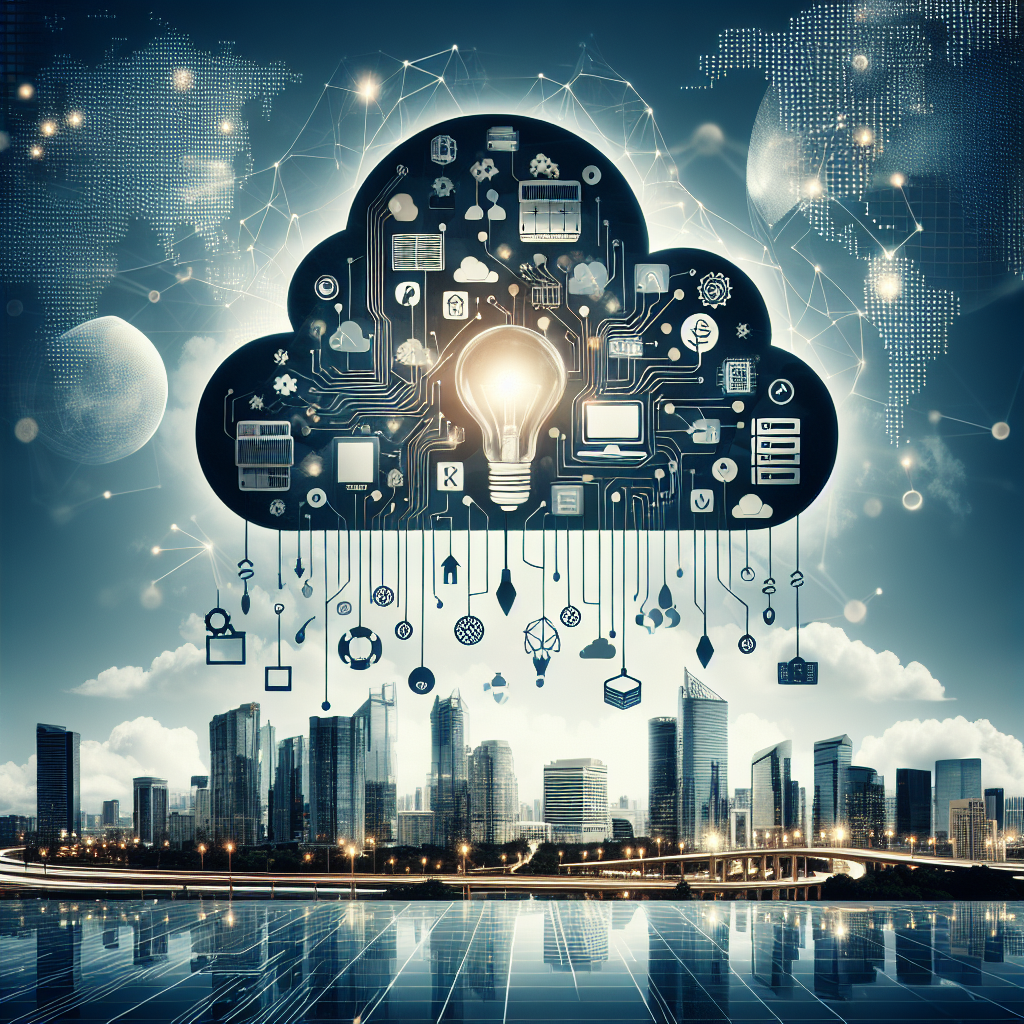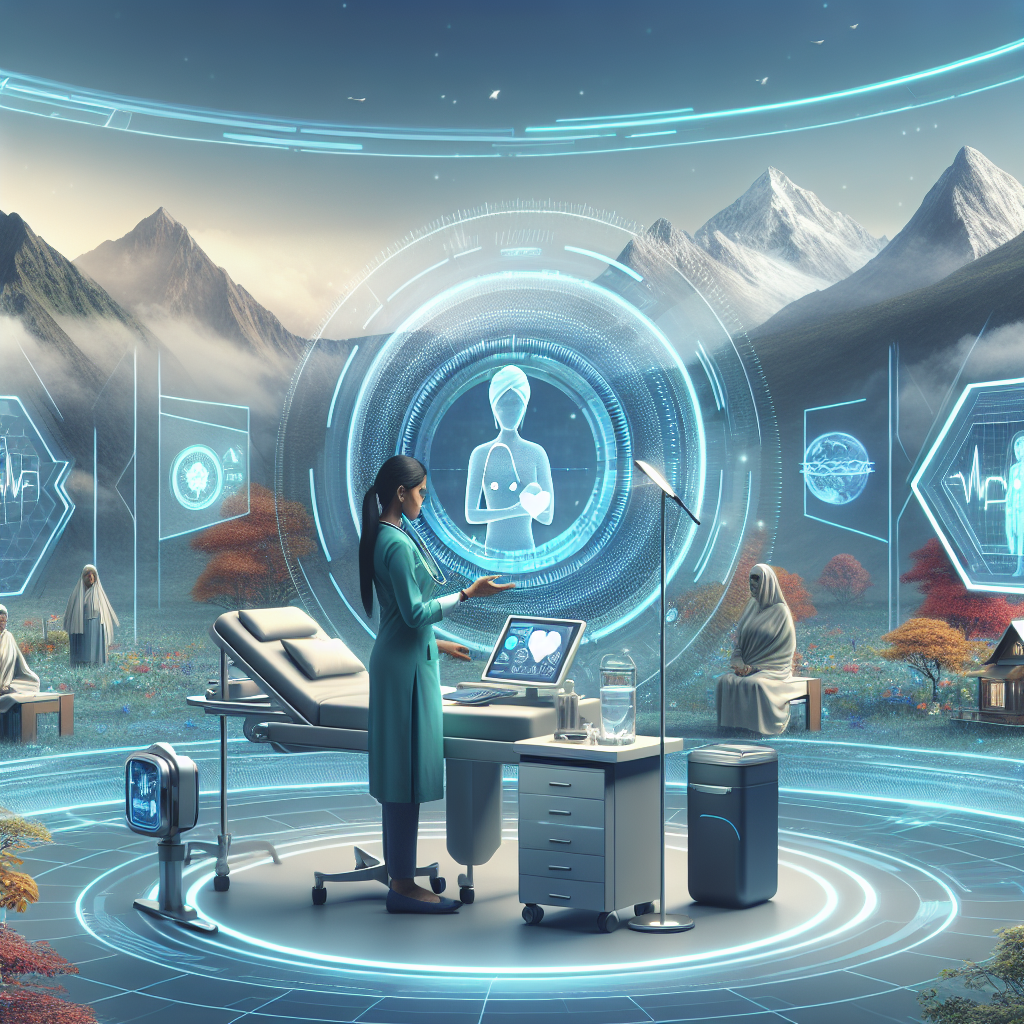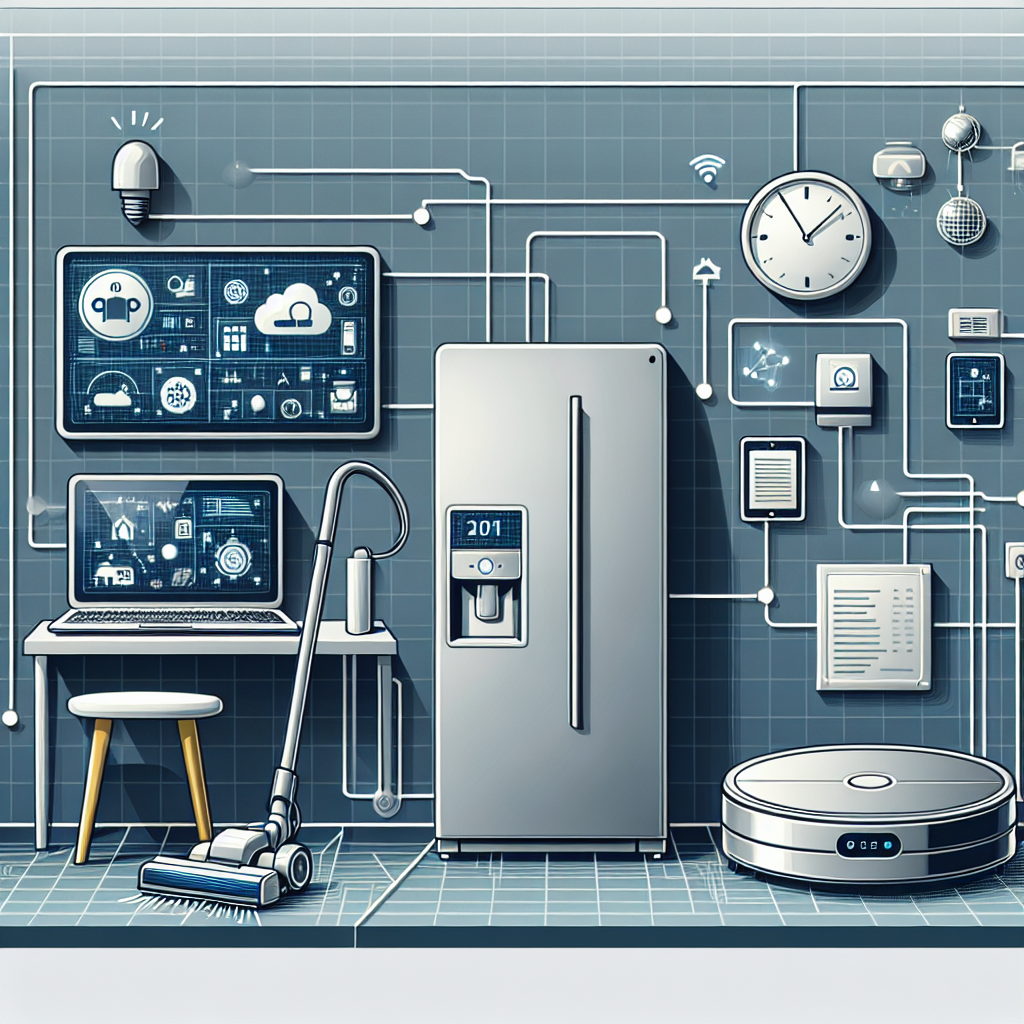Remote work has become increasingly common in today’s business world, with more companies embracing the flexibility and efficiency that comes with allowing employees to work from anywhere. However, managing a remote workforce comes with its own set of challenges, especially when it comes to monitoring productivity and ensuring that tasks are being completed in a timely manner.
One solution that has emerged as a game-changer for remote workforce management is remote monitoring technology. This technology allows managers to keep track of employee activity and performance, even when they are not physically present in the office. By using remote monitoring tools, managers can ensure that their team is staying on task and meeting deadlines, ultimately leading to increased productivity and efficiency.
One of the key benefits of remote monitoring is the ability to track employee activity in real-time. This means that managers can see exactly what their team members are working on at any given moment, helping to prevent distractions and ensure that everyone is focused on their tasks. Additionally, remote monitoring can help managers identify any bottlenecks or inefficiencies in the workflow, allowing them to make adjustments as needed to improve overall productivity.
Another advantage of remote monitoring is the ability to track employee performance over time. By analyzing data collected through remote monitoring tools, managers can gain valuable insights into individual and team performance trends, allowing them to provide targeted feedback and support to help employees improve their productivity and efficiency.
Furthermore, remote monitoring can also help to ensure compliance with company policies and procedures. By monitoring employee activity, managers can ensure that team members are following company guidelines and protocols, even when working remotely. This can help to reduce the risk of security breaches and ensure that sensitive information is handled appropriately.
Overall, remote monitoring technology has proven to be a valuable tool for remote workforce management, allowing managers to effectively monitor employee activity, track performance, and ensure compliance with company policies. By harnessing the power of remote monitoring, companies can maximize the benefits of remote work while maintaining productivity and efficiency across their remote teams.
